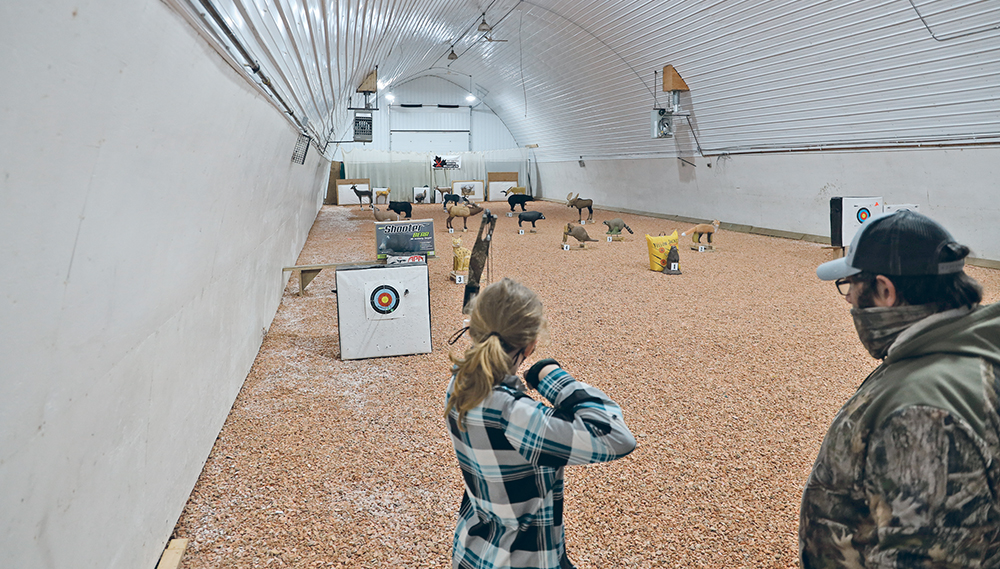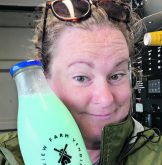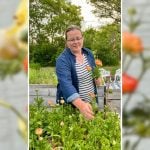Shortage of curlers and volunteers can squeeze local clubs, but some communities find ways to continue using facilities
After 72 years, curlers in the southern Alberta community of Magrath have thrown their last rock.
A combination of low membership, old members, COVID concerns and few volunteers forced directors to make the decision to close the Magrath Curling Club, said director Gary Stanford.
“It was a hard decision. Everybody is sad to see it go.”
Over the past five years, club membership has slowly dwindled. Two years ago the club cobbled together 10 to 12 teams and hoped to make it through the season, but worries about COVID and provincial COVID rules around sports facilities forced organizers to close the facility for last year’s curling season.
Read Also

Alberta cracks down on trucking industry
Alberta transportation industry receives numerous sanctions and suspensions after crackdown investigation resulting from numerous bridge strikes and concerned calls and letters from concerned citizens
This year, after lots of phoning and encouragement, only six teams registered to play this winter season. At about $4,000 a month to run the ice plant, plus utilities and insurance, it wasn’t feasible to put in ice and the club’s fate was sealed.
“It was partly a lot of people were getting older, but partly there were people nervous about COVID, plus there were not a lot of young people coming on,” said Stanford.
“It is a three-part puzzle to run a curling rink. You need to have members to help pay the bills to keep it going, you need to have volunteers to help make the ice, to clean the ice to have it ready to curl and somebody to look after the compressor plant, and enough people coming into the building to support it.
“It was partly we were going to run out of money and partly we didn’t have enough people coming in and partly we were running out of volunteers. A lot of the old volunteers were getting too old to come.”
At the beginning of December, the decision was made to fold and a group of curlers met at the rink to look through photos and reminisce about the good times.
“Curling used to be a huge social event,” said Stanford.
During the club’s heyday in the 1970s and 1980s, there were about 100 farms in a 16-kilometre radius of Magrath. When the new rink was built in 1990, 34 teams registered to play.
Now there are 12 farms in the same radius and only a handful of people who want to curl.
Curling can no longer compete with other activities and it’s easy to travel to sunny destinations for all or part of the winter.
Stanford said they are working with the Town of Magrath to allow the building to be used for other activities, possibly archery, a golf simulator, pickle ball or home to yoga classes.
The story is familiar to Larry Rudy, a northern Alberta farmer and member of the Bonanza and District Agricultural Society. When the ice plant in the rink died, the community was asked if they wanted to buy a new ice plant, or replace the space with something else.
“The ice plant was quite a chunk of change to replace and not many people wanted to curl.”
The two-sheet curling rink was turned into a six-lane bowling alley with both 10-pin and five-pin bowling.
“It is what everyone wanted. The support has been great. It’s something for all ages. The school is across the road and they come to bowl all the time,” said Rudy.
“I think it’s a great thing for our community.”
With only a school, church, fire hall and community hall in the hamlet, the bowling alley has also become a community hub with a small restaurant, pool table and arcade games.
In Veregin, Sask., the quonset-style curling rink was converted into an archery facility.
Scott Green of the River Valley Archery Club said the old curling rink is the perfect location for the archery club and a good use for the unused building.
Through fundraising and memberships, the club has added an insulated large door and sprayed foam insulation on the top half of the building to keep it warm for the archers in the winter.
“One hundred percent we’re bringing the community together,” said Green, who started the archery club when he moved back to the family farm.
There are about 20 club members, about half of them young people, who are learning to shoot.
“Those kids need something to do in this town.”
David Hihn, president of the Heisler Agricultural Society, said they turned their Alberta curling rink into a skating rink in about 1990 and skating was popular with children in the area. Then the school closed and fewer and fewer people came to skate.
Four years ago the agricultural society pulled up lines that froze the ice, sold the ice plant, added shale to the floor and hoped the old building would be used.
“It’s really hard to justify spending any more money. There are no young families and one little store in town,” said Hihn.
The agricultural society was thrilled when they were approached by Derek White to host the archery club in the old curling rink.
“It’s better that someone is using it,” said Hihn of Heisler.
White said it has taken time for the club to grow and is now a mix of members wanting to hone their archery skills and others who want to hone their bow-hunting skills.
Les Bazuta joined the club with his step-daughter to do something fun together and develop their skills.
“I never shot before. Since joining I have improved my shooting skills. It makes me way more confident to try bow hunting,” he said.















